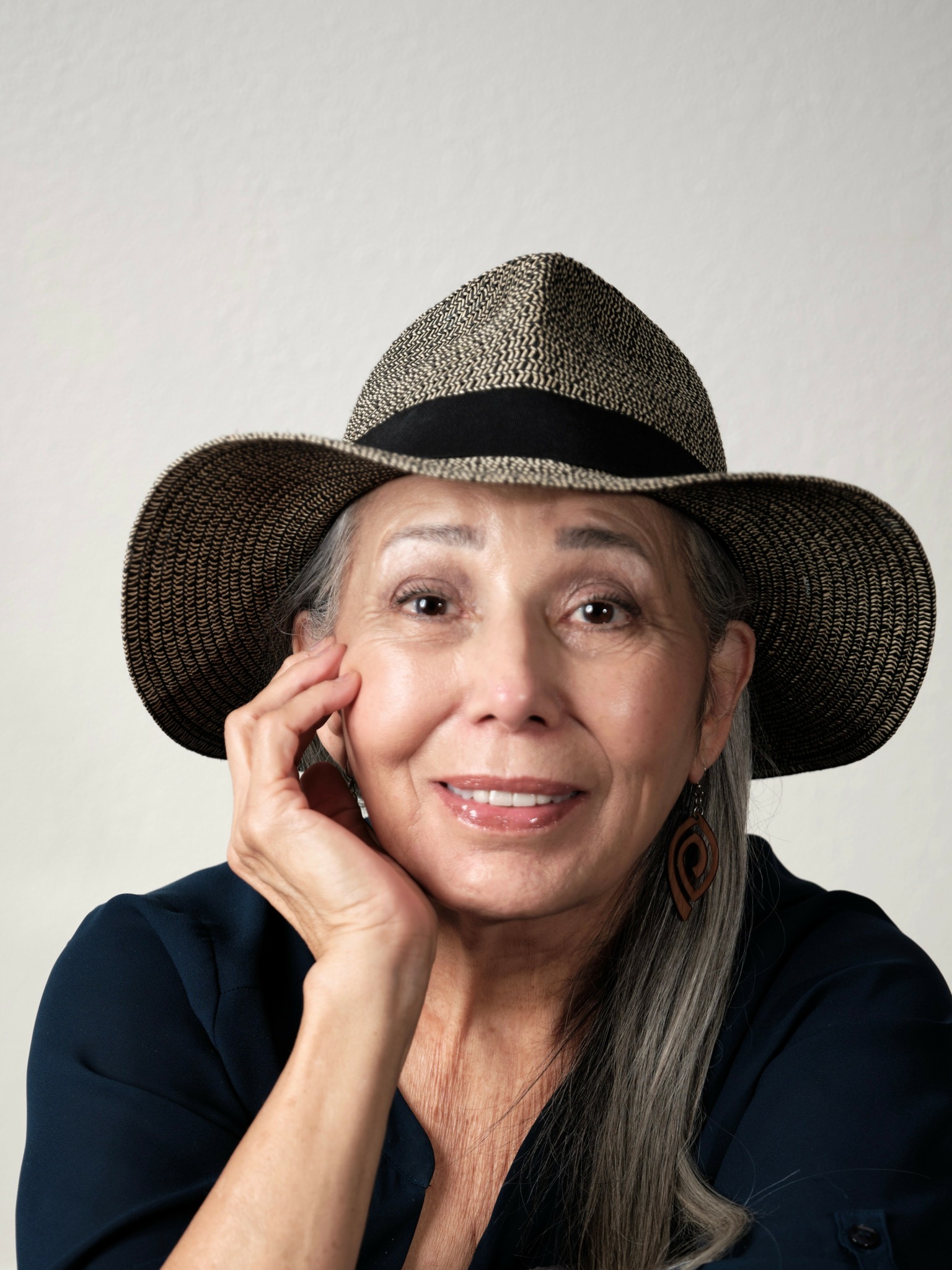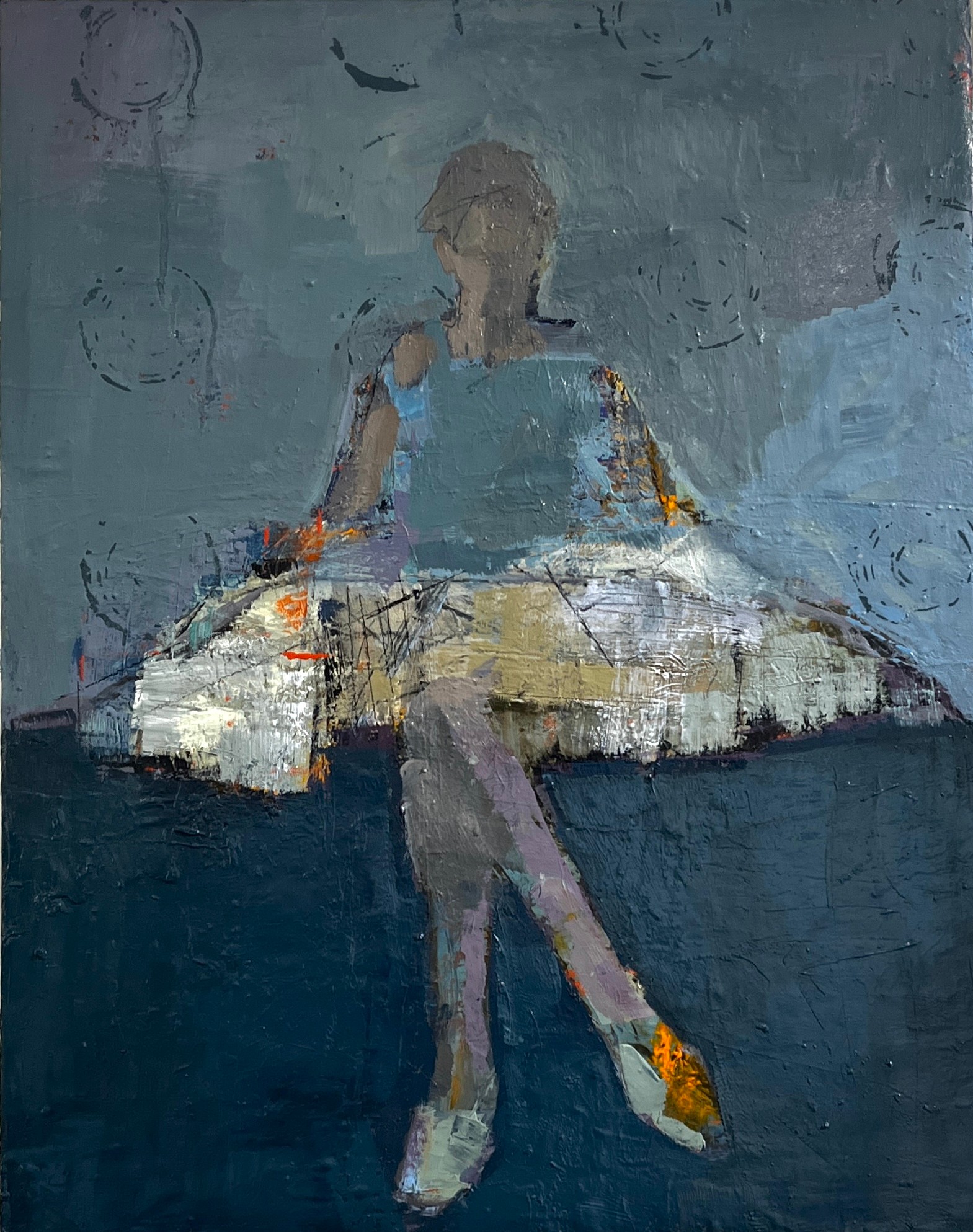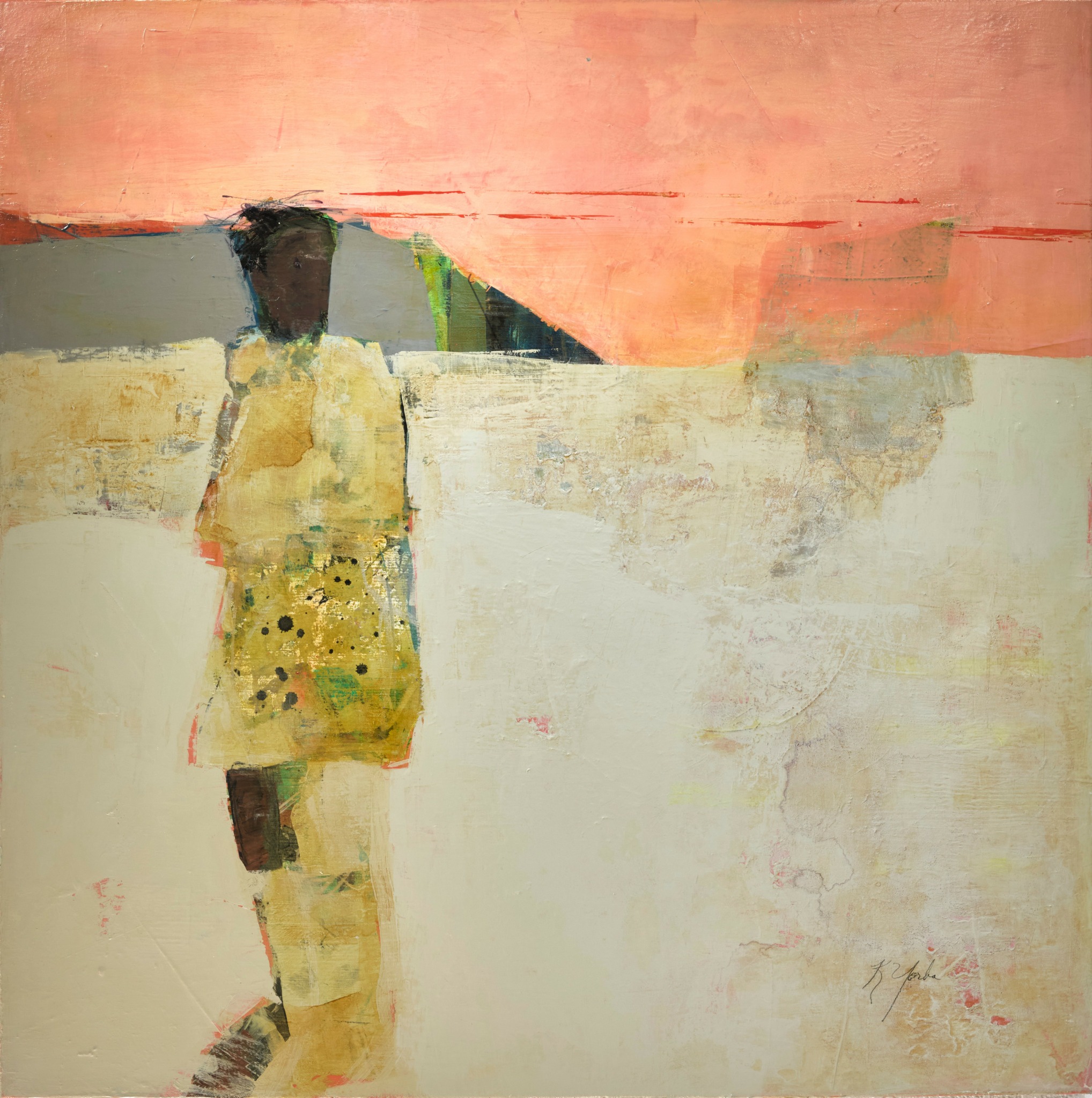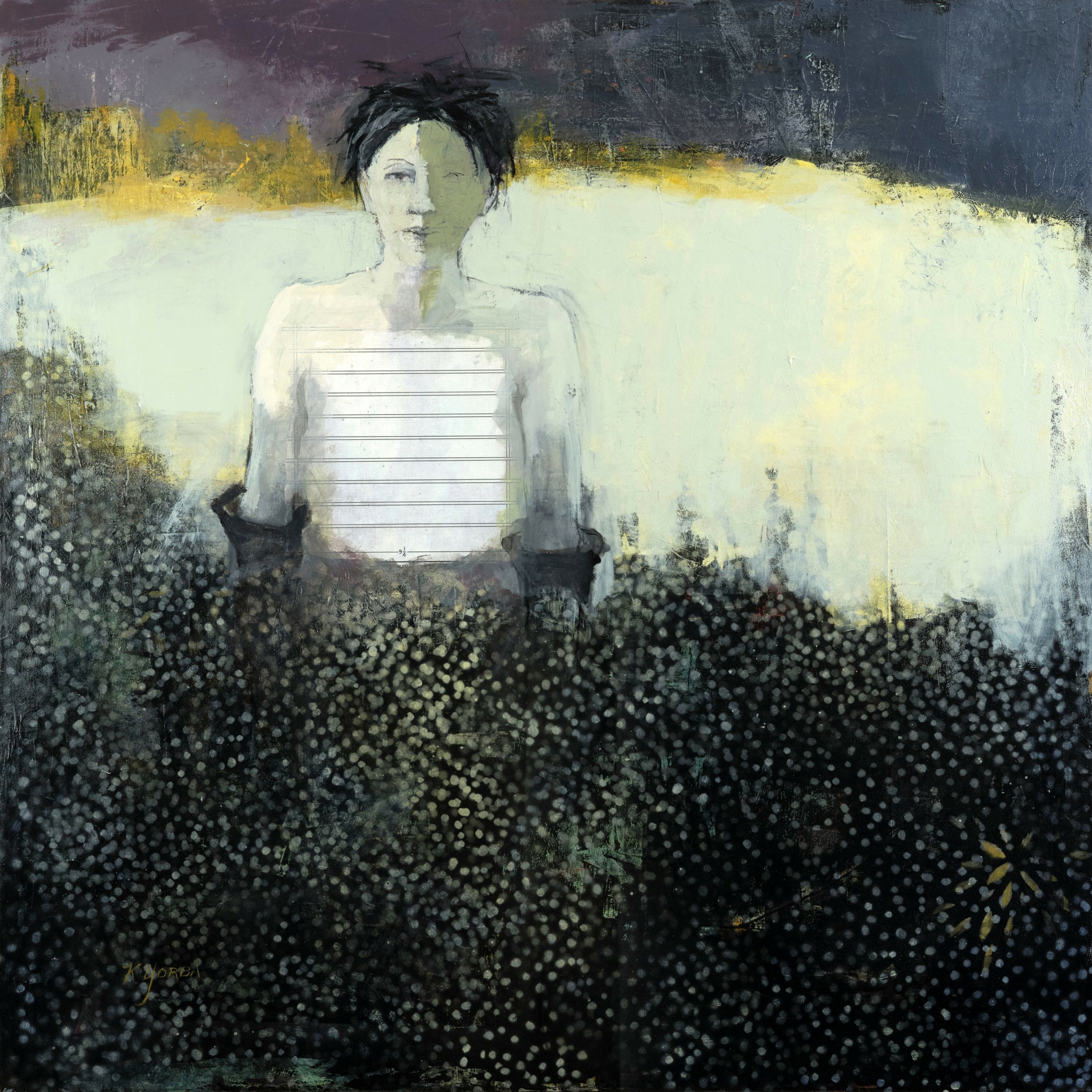We caught up with the brilliant and insightful Kathleen Yorba a few weeks ago and have shared our conversation below.
Kathleen, thanks for joining us, excited to have you contributing your stories and insights. We’d love to hear about when you first realized that you wanted to pursue a creative path professionally.
The first inkling, honestly, came while I was working toward transferring to university for a degree in psychobiology. I was deeply curious about how the mind and body work together. And to fulfill the last requirement, I signed up for a life drawing course. That is when everything quietly fell apart… or maybe fell into place.
I thought I was just going to sketch a few figures and move on. But instead, I found myself completely hooked. I was not just learning to draw—I was learning to see. The body carried more than structure—it held memory, response, chemistry, instinct. Everything I was learning in psychobiology suddenly felt visible on the page. I did not set out to change paths, but once that way of seeing opened up, I could not look at things the same way again.
And there went my plan.

Great, appreciate you sharing that with us. Before we ask you to share more of your insights, can you take a moment to introduce yourself and how you got to where you are today to our readers.
Well, to begin with, I am an abstract figurative artist living on the Central Coast of California. Fortunately, I have a home studio that allows me to work as long and as often as I want – which, if I am being honest, is pretty much all the time. Having that kind of space and rhythm has allowed me to deepen my focus and follow the work wherever it wants to go. And where it wants to go is into a dialogue with memory, using the quiet language of the body as my subject. I work with a variety of media – oil, acrylic, and encaustic – and I continue to draw, because that is what first pulled me into this amazing career.
In addition to painting, I now mentor other artists. Some artists I work with are local, but many live farther away. Thanks to a few simple online platforms, we can still meet face-to-face and get a surprising amount done – no matter where they are based. Artists come to mentorship for all kinds of reasons, each shaped by where they are in their practice. Sometimes they are returning to art after a long break and do not know where to begin – they may need help setting up their studio or finding a rhythm. Other times, they are accomplished artists preparing for a show and just need another set of eyes. Most artists fall somewhere in between. My job is to meet them where they are and help them see what is already working. It is about clarifying, editing, and finding the essence of what wants to come through.
I understand the need for that kind of support, because I have had to find my own way too – often without a roadmap. What I am most proud of is that I kept going. Even when I wanted to throw in the towel – because there were plenty of times I really wanted to. But something kept pulling me forward. I held on to the belief that my voice mattered – that the work I was making had something to offer, and that it belonged out in the world. I stayed with it, even when the way ahead felt uncertain. A mentor once shared with me, “If it never leaves your studio, it is just painting. It becomes art when it meets the world.” That idea speaks to me. It is a guiding principle—one that reminds me to keep showing up and to keep letting the work be seen. And being seen- really seen – is not always easy. The road to gallery representation can be difficult. It takes persistence, timing, and a willingness to keep putting your work out there, even when nothing seems to be happening. You have to stay the course, even when the outcome is unclear. That is part of the job.
Currently, I am represented by Gallery Los Olivos, Hammerfriar Gallery, and Lori Austin Gallery, and have just been accepted into 10 West Gallery in Santa Barbara. None of this happens without taking risks. You have to be willing to take the chance, including the chance of rejection—and I have had plenty of those. It takes persistence, timing, and a willingness to keep putting your work out there, even when nothing seems to be happening. You have to stay the course, even when the outcome is unclear.
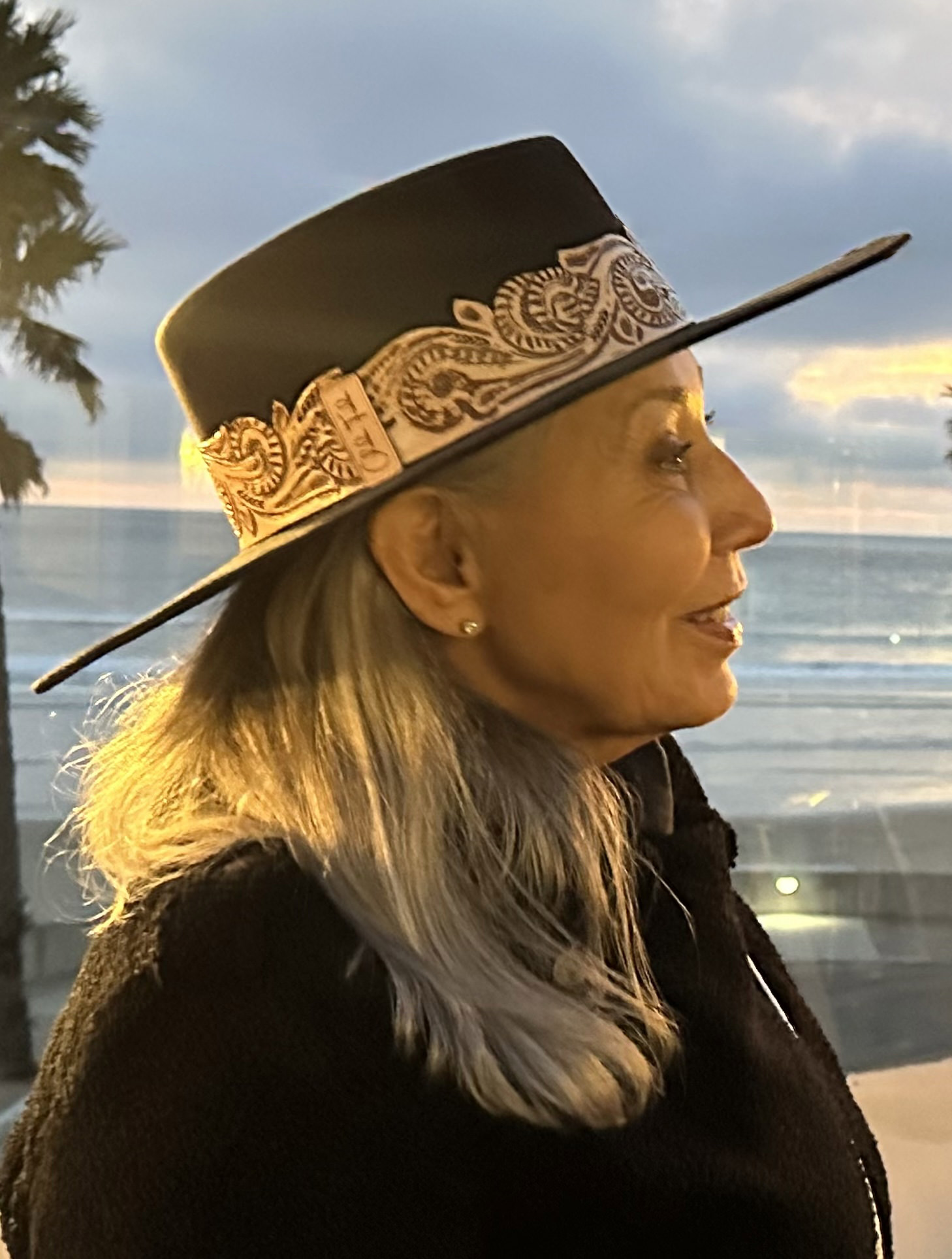
Are there any books, videos, essays, or other resources that have significantly impacted your management and entrepreneurial thinking and philosophy?
I do not think of myself as an entrepreneur, but I do manage a creative life. And that takes consistency, structure, and trust. For me, that structure often shows up in the form of ritual – repetitive, intentional acts that help hold the day steady. It is yoga, meditation, writing, drawing…even opening the studio door. These small anchors give shape to my practice.
That steadiness allows for something deeper to emerge because everything in my life feeds the work – preparing a meal, going for a walk…- it all touches the part of me that is artistry. It is not just a way of seeing – it is a way of doing. And the two cannot really be separated. I began to understand that early on, in those first drawing classes. It was not just about the hand or the eye – it was the connection between them. It was about attention, and how that attention moves through the body. That way of seeing never turns off. Whether I am out in the world or alone in the studio, I carry that with me.
This perspective has been further shaped by many influences over time. Joe Dispenza, Mary Oliver, Kabbalah, and the book Big Magic by Elizabeth Gilbert, just to name a few. We live in a noisy, distracting and often harmful world. It is easy to lose your footing. But these voices help realign my vision. They remind me of what matters. They speak to the part of me that still believes in beauty, in presence, in purpose. They help me stay on the path and rhythm of a creative life.

Do you think there is something that non-creatives might struggle to understand about your journey as a creative? Maybe you can shed some light?
One thing I think non-creatives might not fully grasp is how fluid and uncertain the process really is. For example, I often document my work before making changes, and it is not unusual to discover that what I painted before the edit had more resonance and meaning than what followed. There is no clear finish line. I cover up things that might have been strong because I am always searching for something just beyond my grasp. The uncertainties and decisions I face while making art do not end when I walk away from the work. Questions percolate up. Is it finished? What is this really about? Did I go too far? Not far enough? These questions stay with me.
It is that constant sense of striving while existing in the unknown. It sits at the heart of my creative journey. It is humbling, and it is what keeps me going.
Contact Info:
- Website: https:www.kathleenyorba.com
- Instagram: https://www.instagram.com/kathleenyorba/
- Facebook: https://www.facebook.com/kathleenYorbaArtStudio
